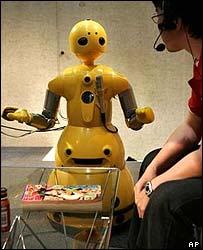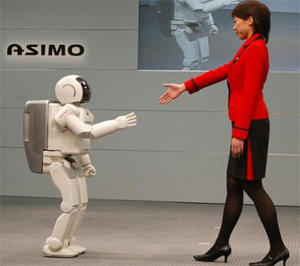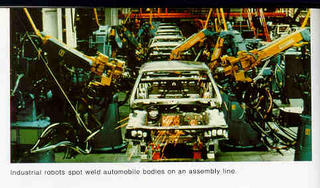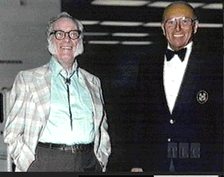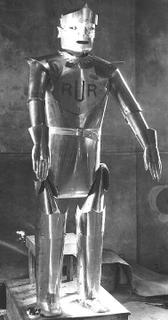Manus-I Humanoid Robot

Talk about cool robots! Robhatah's Manus-I is humanoid soccer-playing robot with a couple of international victories under its belt, with functionality that includes visual-tracking and walking towards colored targets, dynamic walking, obstacle avoidance, climbing stairs, and getting up from a seated position. Also interesting about this robot is it’s a fully modularized and open architecture platform, so developers can modify and add new features. Robhatah provides technical support to students and researchers on projects involving modding the Manus-I, as well.
via Engadget.com
